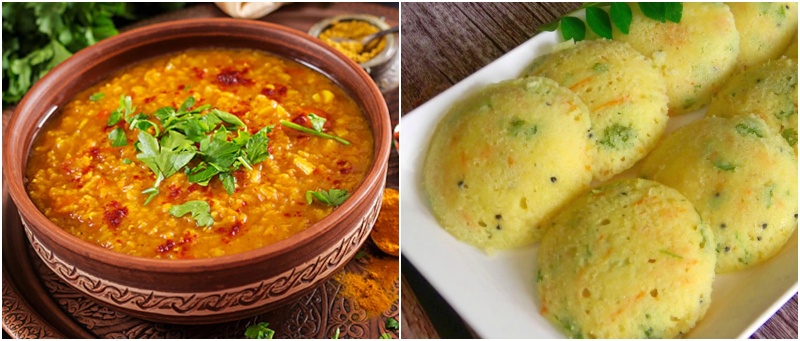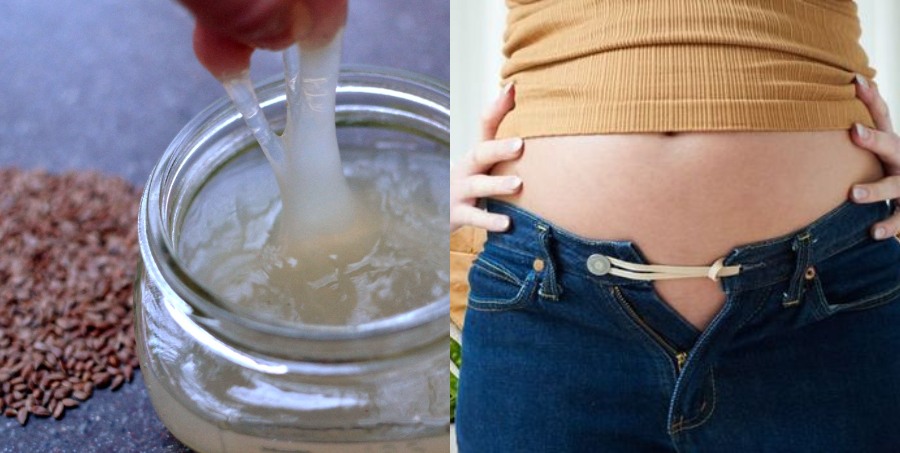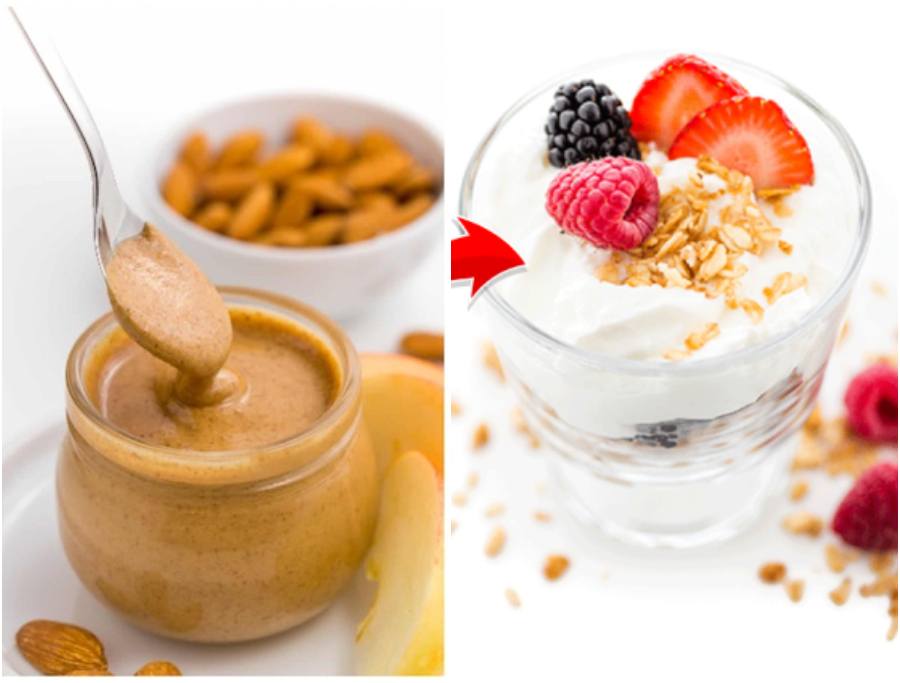Moong dal is a highly nutritious legume that is widely used in Indian cuisine not only for its amazing taste but also for its health benefits. Moong dal is derived from whole green gram seeds, which are small, oval-shaped, and green in color. The dal is commonly available in three forms – whole (with the green skin intact), split with the green skin removed, and split and husked (yellow in color). It is low in fat and cholesterol and is a good source of plant-based protein (chickpeas, lentils are other good sources). Moong dal has antioxidants and used in ayurveda and Chinese medicine to treat many ailments and to detoxify the body. As we have mentioned above, it’s a rich source of protein with up to 24 gm per 100 gm (according to USDA data). Additionally, green moong dal is rich in dietary fiber, including soluble fiber, which acts as a prebiotic in the digestive system. When consumed, the fiber in green moong dal passes through the small intestine undigested and reaches the large intestine, where it serves as a food source for the beneficial gut bacteria. Apart from protein and fiber, moong dal also has vitamins like B1, B3, B6, B9 and essential minerals such as iron, magnesium, phosphorous, potassium, zinc, and even antioxidants (polyphenols and peptides). The best thing is that this highly-nutritious legume is inexpensive as well with 1 kg moong dal available at less than 200 INR, which means you can make it a staple in your diet. Though people love it in their khichdi and they love it as sprouts, there are more delicious ways to include moong dal in your diet and get the benefits of protein, fiber, and all other nutrients that it offers. In this article, we list out 9 Moong Dal Recipes that Aid in Weight Loss.


1. Moong Dal Sprouts:
Did you know there are studies to show that sprouting up dals like moong increases increases protein digestability and makes them more bio available. Moong dal sprout is a rich source of a variety of nutrients – vitamin A, vitamin C, protein, biotin, iron, zinc, folate, potassium, copper, magnesium, phosphorous, and also fiber. There are enzymes like amylase and glucoraphanin with amazing health benefits (reduces risk of cancer and heart disease). Moong dal sprouts can be consumed either raw or lightly cooked, and included in salads, snacks, sandwiches, soup, or made into plain sabzi. Also, add them to pulao or vegetable rice to amp up the nutritional profile of these dishes. Studies say that sprouted dal has way less calories (only 30 calories per 100 gm) than the raw form (347 calories per 100 gm).
2. Khichdi:
Moong Dal Khichdi is a comfort food for many of us, it also helps with detoxifying the body. The best thing is that it can be prepared as one-pot dish saving us time and energy. To make a simple Moong Dal Khichdi, rinse 1 cup of moong dal and rice together, and soak them for 30 minutes. In a pressure cooker or pot, heat 2 tablespoons of ghee or oil and crackle 1 teaspoon each of cumin seeds and mustard seeds. Sauté grated ginger, optional chopped onion and minced garlic, followed by a chopped tomato. Add 1/2 teaspoon turmeric powder, optional red chili powder, the soaked dal and rice, and mix well. Pour in 4 cups of water, add salt, and cook for about 4-5 whistles in a pressure cooker or 25-30 minutes in a covered pot on low heat. Garnish with fresh coriander leaves and serve hot with yogurt, pickle, or raita.

3. Moong Dal Paratha:
Make your parathas more nutritious by adding mashed moong dal in them. To make Moong Dal Paratha, soak and grind 1 cup moong dal. Combine it with 2 cups whole wheat flour, cumin seeds, red chili powder, turmeric powder, garam masala (optional), and salt to make a soft dough. For the stuffing, mix boiled and mashed moong dal with onions, green chilies, ginger, cumin seeds, red chili powder, chaat masala (optional), salt, and coriander leaves. Divide the dough and stuffing into portions, stuff the dough with the mixture, roll it out into circular parathas, and cook them on a heated griddle with ghee or oil until golden brown. Serve the delicious Moong Dal Parathas hot with yogurt or pickle.
4. Moong Dal Curry:
You can eat this curry with either roti, paratha or rice. To make Moong Dal Curry, soak and drain 1 cup moong dal. Sauté cumin seeds, onions, garlic, ginger, and green chili in oil or ghee. Add chopped tomatoes, turmeric powder, coriander powder, cumin powder, red chili powder, and salt. Mix and cook until tomatoes soften. Add moong dal, water, and pressure cook for 4-5 whistles or simmer in a covered pan until dal is cooked. Mash slightly, adjust consistency, and simmer. Garnish with coriander leaves. Serve the flavorful Moong Dal Curry with rice, roti, or naan.
5. Moong Dal Soup:
To make Moong Dal Soup, rinse 1 cup moong dal and set aside. Sauté cumin seeds, onions, garlic, ginger, and green chili (optional) in ghee or oil. Add chopped tomatoes, turmeric powder, cumin powder, coriander powder, and salt. Mix well and add moong dal and water or vegetable broth. Simmer until dal is cooked and soft. Optionally, blend a portion of the soup for a creamy consistency. Adjust seasoning, garnish with coriander leaves, and serve warm. Enjoy the nourishing Moong Dal Soup as a comforting appetizer or light meal.
6. Steamed Moong Dal Masala Vada:
This is a healthier and weight-loss friendly version of the deep-fried one. To make Steamed Moong Dal Masala Vada, soak and grind 1 cup moong dal. Mix it with chopped onions, green chilies, grated ginger, coriander leaves, cumin seeds, red chili powder (optional), and salt. Shape the mixture into flat vadas and steam for 12-15 minutes. Serve the healthy and flavorful vadas with chutney or sauce. Enjoy as a nutritious snack or appetizer.
7. Moong Dal Sundal:
It’s a south Indian snack made mainly during festivals, that literally takes just a few minutes to prepare. To make Moong Dal Sundal, soak and cook 1 cup moong dal. In a pan, heat oil and temper mustard seeds, urad dal, asafoetida, dried red chilies, and curry leaves. Add the cooked moong dal, salt, and toss well. Cook briefly and garnish with grated coconut and fresh coriander leaves. Serve the flavorful Moong Dal Sundal as a snack or part of a meal. Enjoy this protein-rich South Indian dish.
8. Pesarattu or Green Gram Dosa:
Very popular in South India as a breakfast dish, it is a bit more tastier than regular dosa. Try it to believe it! To make Pesarattu, soak and grind 1 cup green gram (moong dal) and rice (optional) to a thick batter. Add chopped green chilies, grated ginger, coriander leaves, and salt. Spread a ladleful of the batter on a hot greased griddle, cook until golden brown on both sides. Repeat with the remaining batter. Serve the crispy Pesarattu with chutney. Enjoy this South Indian crepe as a breakfast or light meal.
9. Moong Dal Idli:
Here’s another healthy breakfast option that requires minimal oil. To prepare Moong Dal Idli, soak and grind 1 cup moong dal, 1/4 cup rice, 1/4 cup flattened rice, and 1/2 teaspoon fenugreek seeds. Ferment the batter overnight, then grease idli molds and steam the batter for 10-12 minutes. Serve the soft and fluffy Moong Dal Idlis with chutney or sambar. Enjoy these nutritious idlis for breakfast or a light meal.
Adjust all the measurements according to your requirements.
Additionally, you can even roll out parathas with moong dal sprout stuffing. These above dishes prepared with moong dal show that you need not starve or eat bland food to lose weight. You can eat normal ghar ka, inexpensive food, and lose oodles of weight, we will show you how on the Rati Beauty diet. Subscribe to the Rati Beauty app to access all our easy-to-do diet plans.
Are Moong Dal Sprouts Good For Weight Loss?
Is Idli Good For Weight Loss?





